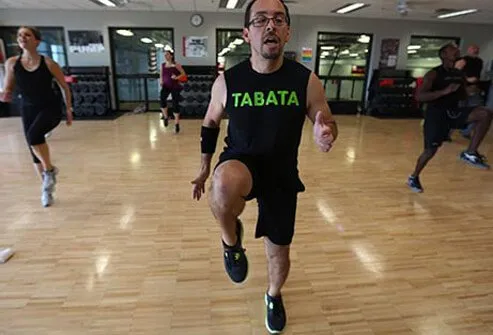

Gymmi
Yoga FAQs
What is yoga?
The word is derived from the Sanskrit word meaning union. It is an ancient system of physical and psychic practice that originated during the Indus Valley civilization in South Asia. The first written records of this methodology appeared around 200 BC in Yogasutra of Patanjali. The system consists of the eightfold path, or Asthangayoga. A contemporary interpretation of yoga describes yoga as a systematic practice aimed at developing harmony in the body, mind, and environment.
How is yoga different from meditation?
Meditation (dhyana) is a part of total yoga practice. Yoga is composed of eight basic principles.
Do I have to practice all of the principles of yoga to benefit from it?
Not necessarily. Each principle has the potential to lead a person toward harmony in self and society. Rules for living in society and self-restraining rules help in regulating the functioning of the human being, giving balance in life. Low physical impact postures (asana) and relaxation help in removing the in the mind and strain in the body, thereby augmenting balance within and with environment. Breathing techniques help in improving oxygen flow and giving balance in life. Detachment of the mind from the senses, concentration, meditation, and complete union with a super consciousness are also called inner yoga and help in restoring balance of mind with surroundings. The ultimate purpose of yoga is balance that leads to self-realization.
I have never tried yoga before but want to do it now. Where should I start?
You can start yoga with any of the eight principles. Whatever suits your temperament and whatever instructor you have, begin from that aspect. Most popular forms of yoga start with low physical impact postures (asanas). If the asanas are practiced regularly, the body and the mind will become flexible. With patience and discipline, one will find new energy flowing through the body's systems. Some systems of yoga such as Kundalini yoga start with meditation while others such as Kriya yoga start with breathing techniques.
How often and for how long should I do the asanas?
In the beginning, try to do it three times a week, each session lasting for about 45 minutes. After some practice, increase it to five times a week, for an hour each time.
Can I do the asanas by myself with the help of a yoga book?
Yes, but this is not recommended. Although the DVDs and book illustrations on yoga seem pretty obvious, it is strongly recommended to learn the asanas under the guidance of a teacher. The postures may cause serious damage to the body if performed incorrectly. One must be aware of one's body's signals in attempting the . If the posture is difficult, it should not be forced.
Are yoga classes safe?
Yes. Yoga classes are generally safe. However, attend one or two trial sessions before making the decision. It is appropriate to ask the teacher how many years of teaching experience he or she has.
Do I need special equipment for yoga practice?
Hardly. All you need is a nonslip yoga mat that is long enough to lay fully stretched on your back.
Are there any other helpful guidelines for yoga practice?
Yes, some additional guidelines are as follows:
Do I need to be on a vegetarian diet to benefit from yoga?
No. You can derive benefit from yoga without a special . However, for the most complete yoga experience, a vegetarian diet is preferred. Vegetarian yogic foods are felt to calm the mind and sharpen the intellect. These foods supply the utmost energy and are digested easily.
How is meditation practiced?
Meditation is a time-honored method of letting go of the mind. Though there are many ways to meditate, the one common factor for all methods is relaxation and concentration on a single theme for a certain length of time. When the mind wanders, it is gently but firmly brought back to the area of focus. Gradually, the practitioner is able to transcend the conscious mind and be in meditation.
What is pranayama?
Pranayama is the practice of controlled breathing called yogic breathing. Pranayama revitalizes the body, balances emotions, and promotes clarity of mind and intellect. All breathing exercises are performed sitting down, keeping the spine, neck, and the head in a straight line.